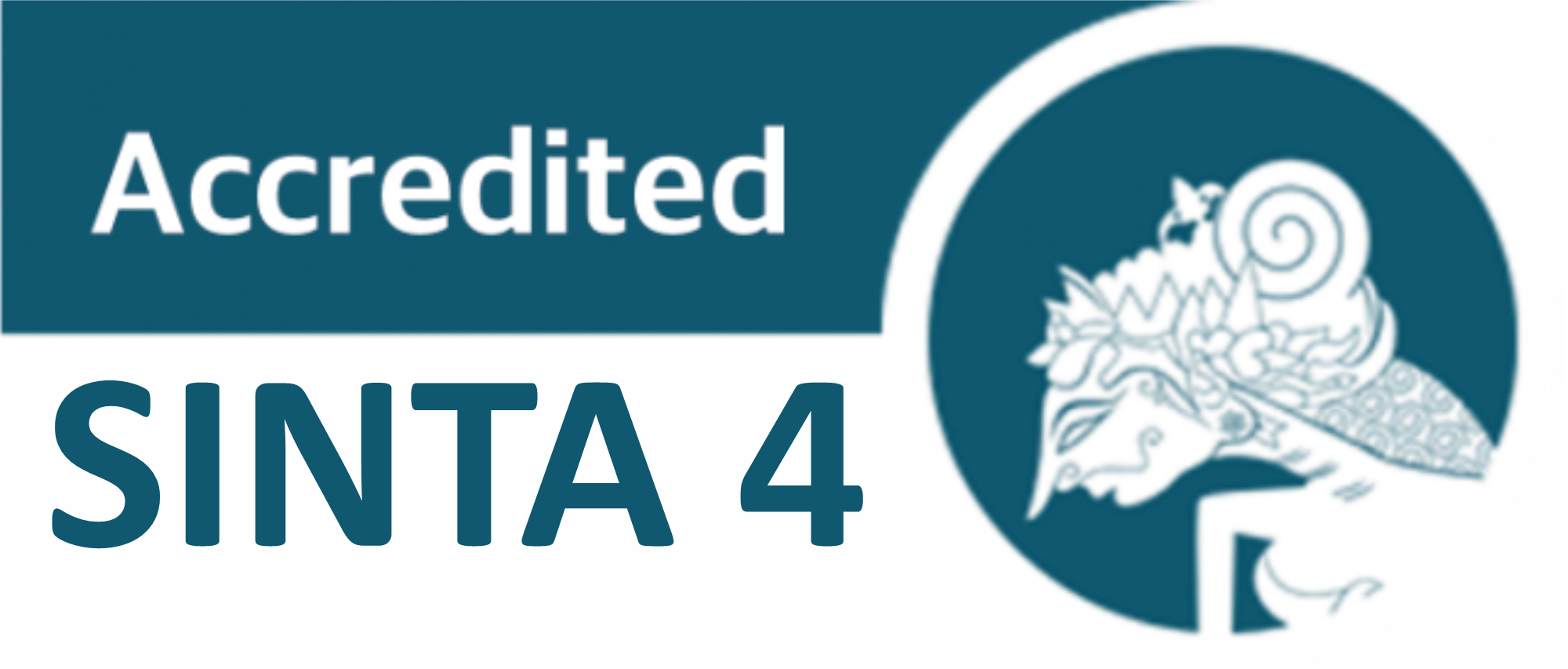Revitalizing the Significance of Sumbang Duo Baleh in the Development of Social Ethics Among the Minangkabau Youth Generation
DOI:
https://doi.org/10.24114/gr.v14i1.66061Keywords:
Sumbang Duo Baleh, Social Ethics, Young Generation, Minangkabau, Value RevitalizationAbstract
The social ethical crisis that hit the young generation today is a serious concern in the world of education and culture. Phenomena such as bullying, degradation of manners, and a decline in the sense of social responsibility are real symptoms of the weakening of moral values that should be formed from an early age. In the context of the Minangkabau community, the customary values contained in the Sumbang Duo Baleh are one of the sources of local wisdom that is rich in ethical guidelines and social conduct. This article aims to analyze the relevance of Sumbang Duo Baleh in the formation of social ethics of the younger generation, as well as offer a strategy for revitalizing these values so that they remain contextual in the modern era. The method used is a literature study with a descriptive qualitative approach, through the analysis of cultural documents, scientific literature, and reflection on cultural practices in the Minangkabau community. The results of the study show that the Baleh Duo Contribution, which consists of twelve ethical norms such as kato (speaking politely), cembang danga (listening well), sumcontribution karajo (being responsible for work), and incest (acting appropriately), has great potential as a guideline in shaping the social attitudes and character of the younger generation. However, these values are starting to be marginalized due to the lack of cultural literacy and the strong flow of global values. Therefore, the revitalization of these customary values needs to be carried out through synergy between schools, families, and indigenous peoples, with the support of digital technology as a medium for transforming values that are adaptive and attractive to Generation Z. The implications of this study show the need for a character education policy that is more based on local wisdom, as well as the development of culture-based learning media to strengthen the identity and integrity of the younger generation.References
Akhyar, M., Deliani, N., Batubara, J., & Ramadhoni Aulia Gusli. (2023). Studi Analisis Pendidikan Budaya Alam Minangkabau Terhadap Pembentukan Karakter Anak di Sekolah Dasar. Idarah Tarbawiyah: Journal of Management in Islamic Education, 4(2), 193–206. https://doi.org/10.32832/itjmie.v4i2.15396
Ali, R., & Mulasi, S. (2023). Transformasi Kurikulum Merdeka: Pengembangan Muatan Lokal untuk Meningkatkan Identitas Budaya. Istifham: Journal of Islamic Studies, 1(3), 219–231.
Bahardur, I. (2018). Kearifan Lokal Budaya Minangkabau dalam Seni Pertunjukan Tradisional Randai: Local Wisdom of Minangkabau Culture in Traditional Performing Arts “Randai.” JENTERA: Jurnal Kajian Sastra, 7(2), 145. https://doi.org/10.26499/jentera.v7i2.932
Basri, H., Ritonga, M., & Mursal, M. (2022). The Role of Tungku Tigo Sajarangan in Educating Adolescent Morality Through the Indigenous Values of Sumbang Duo Baleh. AL-ISHLAH: Jurnal Pendidikan, 14(2), 2225–2238. https://doi.org/10.35445/alishlah.v14i2.1943
Creswell, J. W. (2014). Research Design: Qualitative, Quantitative, and Mixed Methods Approaches (4th ed). Thousand Oaks: SAGE Publications.
Dahrizal, M. (2024, November 14). Sumbang Duo Baleh [Personal communication].
Darmadi, D. (2017). Pengembangan Model dan Metode Pembelajaran dalam Dinamika Belajar SIswa. Yogyakarta: Deepublish. https://books.google.co.id/books?id=MfomDwAAQBAJ&pg=PA41&hl=id&source=gbs_toc_r&cad=4#v=onepage&q&f=false
Fitri, R., & Rakimahwati, R. (2021). Game Edukasi Berbasis Budaya Lokal Sumbang Duo Baleh untuk Meningkatkan Kecerdasan Interpersonal Anak. Jurnal Obsesi : Jurnal Pendidikan Anak Usia Dini, 6(1), 239–251. https://doi.org/10.31004/obsesi.v6i1.1220
Frasandy, R. N., Awida, A., & Dorisno, D. (2022). Integration of Religion and Minangkabau Culture: Implementation of Sumbang Duo Baleh in Culture Art and Craft Learning in the Character Strengthening Effort of Students in the State Islamic Elementary School. JIP Jurnal Ilmiah PGMI, 8(1), 1–14. https://doi.org/10.19109/jip.v8i1.11653
Heristian, M., Efi, A., & Budiwirman, B. (2022). Mengembangkan Karakter Anak Melalui Pembelajaran Seni Budaya. Gorga : Jurnal Seni Rupa, 11(2), 410. https://doi.org/10.24114/gr.v11i2.35339
Islami, N. (2016). Internalisasi Nilai-Nilai Karakter dalam Petuah Sumbang Duo Baleh Bagi Mahasiswi Asal Minangkabau di Kota Purwokerto Tahun 2016. International Conference of Moslem Society, 1, 44–59. https://doi.org/10.24090/icms.2016.1828
Khasanah, U. (2019). Membangun Karakter Siswa Melalui Literasi Digital Dalam Menghadapi Pendidikan Abad 21 (revolusi Industri 4.0).
Lickona, T. (1991). Educating for Character: How Our Schools Can Teach Respect and Responsibility. New York: Bantam Books.
Lickona, T. (2018). Pendidikan Karakter: Panduan Lengkap Mendidik Siswa Menjadi Pintar Dan Baik (Lita S., Trans.; Cetakan IV). Bandung: Nusa Media.
Navis, A. A. (1984). Alam Takambang Jadi Guru. Jakarta: Grafiti Pers.
Spradley, J. P. (1980). Participant observation. Holt, Rinehart and Winston.
Sugiyono, S. (2013). Metode Penelitian Kuantittaif, Kualitatif, dan R&D. Bandung: Alfabeta.
Uyeni, N. W. A., Dayini, N. W. S. M., & Respiandari, N. N. (2023). Mengimplementasikan Budaya Melek Literasi Digital pada Generasi Z di Era Globalisasi Demi Mewujudkan Indonesia Emas. Prosiding Pekan Ilmiah Pelajar, 3.
Yus, Dt. P. (2023). Menyikapi Wajah Minangkabau. Jakarta: Citra Harta Prima.
Zulkarnaen, M. (2022). Pendidikan Karakter Berbasis Kearifan Lokal di Era Milenial. AL MA’ARIEF : Jurnal Pendidikan Sosial Dan Budaya, 4(1), 1–11. https://doi.org/10.35905/almaarief.v4i1.2518
Downloads
Published
How to Cite
Issue
Section
License
Copyright (c) 2025 Agustina Agustina, Srimutia Elpalina, Adek Cerah Kurnia Azis, Sugito Sugito

This work is licensed under a Creative Commons Attribution-ShareAlike 4.0 International License.
Copyright
Authors published in this journal agree to the following terms:
- The copyright of each article is retained by the author (s).
- The author grants the journal the first publication rights with the work simultaneously licensed under the Creative Commons Attribution License, allowing others to share the work with an acknowledgment of authorship and the initial publication in this journal.
- Authors may enter into separate additional contractual agreements for the non-exclusive distribution of published journal versions of the work (for example, posting them to institutional repositories or publishing them in a book), with acknowledgment of their initial publication in this journal.
- Authors are permitted and encouraged to post their work online (For example in the Institutional Repository or on their website) before and during the submission process, as this can lead to productive exchanges, as well as earlier and larger citations of published work.
- Articles and all related material published are distributed under a Creative Commons Attribution-ShareAlike 4.0 International License.
License
Gorga : Jurnal Seni Rupa is licensed under a Creative Commons Attribution-ShareAlike 4.0 International License.










